Image

Biodiversity in Peru
Information and figures you should know
WHY INVEST IN PRESERVING BIODIVERSITY IF THERE ARE OTHER URGENT ISSUES IN HEALTH, EDUCATION, SECURITY, AMONG OTHERS?
NATURAL AND CULTURAL RICHNESS
- Peru is the point of origin and diversification of species, as well as cultivated varieties of global importance and their wild relatives.
- Over 65% of agriculture depends on native genetic resources, which are critical for food security.
- A total of 2.2 million rural families live off family agriculture.
- We have thousands of varieties and types of native crops.
- Knowledge and technology related to agro-biodiversity crops.
- Wild ecosystems, forests, natural pastures, Peru’s sea.
- Renewable natural resources, environmental services and components of biodiversity contribute to +20% of the national GDP.
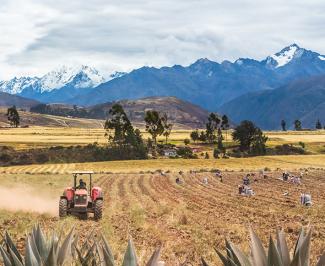
WHY INVEST IN PRESERVING BIODIVERSITY IF THERE ARE OTHER URGENT ISSUES IN HEALTH, EDUCATION, SECURITY, AMONG OTHERS?
- Most of the poorest rural population depends on the health and productivity of ecosystems for their food and daily budget.
- Biodiversity is key to reducing vulnerability to climate change and to developing new products.
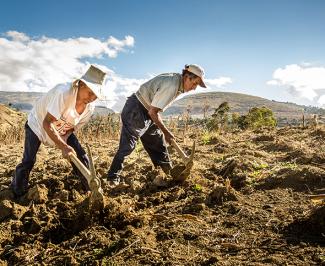
PERU, MEGADIVERSE COUNTRY
Peru is one of the so-called megadiverse countries that, as a whole, is home to 70% of the planet’s biodiversity.
BIODIVERSITY IN FIGURES
- The vascular flora of Peru comprises 19,147 species, 7590 of which are endemic.
- First in butterfly diversity with 4441 species.
- Third bid diversity with 1857 species.
- Sixth reptile diversity worldwide with 469 species.
- Fourth in mammal diversity with 559 species.
- Third in amphibian diversity with 623 species.
- Total of 1141 species of freshwater fish.
- Total of 1090 species of saltwater fish.
- There are 500 species of ornamental fish with great socioeconomic potential.
- Peru is among the five countries with the greatest primate diversity, with 56 registered species.
- Peru is home to the world’s largest orchid, called Inkill (Sobralia altissima), which grows up to 13.4 m in height and only in
- the forest Bosque Nublado Amaru, located in the department of Huancavelica.
- We are also home to approximately 2700 species of orchids with a high level of endemism; over 800 species only grow in Peru.
- Peru is the second country with the largest portion of the Amazon rainforest.
- The Peruvian Amazon comprises around 76% of the national territory.
- Over 300,000 indigenous people and 51 ethnic groups live in the Amazon.
- 17.3% of the national territory is considered a Protected Natural Area.
PERU'S SEA
-
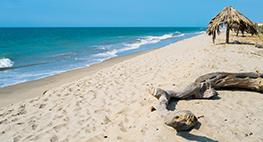 Tropical Sea
Tropical Sea
Between El Ñuro (Piura) and Punta Sal (Tumbes), you can find the most important area of our coastline because of its biodiversity and because it is the home of endangered species such as the Pacific goliath grouper (Epinephelus quinquefasciatus) and the Spondylus limbatus. -
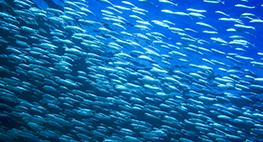 Cold Sea
Cold Sea
It is one of the most productive seas in the world, where the richness and abundance of species, such as anchovy (Engraulis ringens), benefit the country’s economy. -
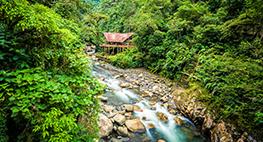 System of Currents
System of Currents
Peruvian or Humboldt current, ocean current, Peruvian counter-current and Peruvian underwater or subsurface current. Number of saltwater fish species: 1090.
-
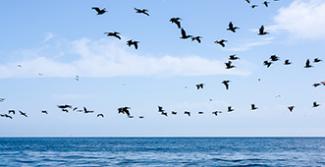 Tourism and Bird Watching
Tourism and Bird Watching
Peru is one of the most visited destinations in Latin America by bird watchers. The potential it has as a destination for this type of tourism is enormous, and it is necessary to take advantage of it, as it is an activity that generates a significant flow of income. The avifauna and marine mammals are one of the major attractions on the coast. -
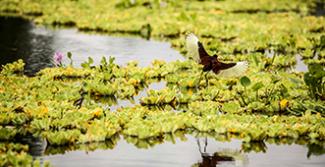 Wetlands in Peru
Wetlands in Peru
Wetlands represent around 14% of the national territory. Their preservation is fundamental to mitigate and adapt to climate change. Wetlands help absorb rainwater, reduce floods, and delay the onset of droughts and help mitigate them. -
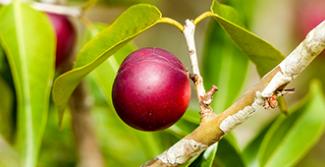 Amazonian Fruits
Amazonian Fruits
Amazonian fruit beverages such as camu and aguaje have a high concentration of vitamin C, which helps strengthen the immune system and increase iron absorption. The abundance of Amazonian fruits has great potential for the development of its people and for improving the diet of all of Peru.
Fauna
ANDEAN BEAR
YELLOW-TAILED WOOLLY MONKEY
ANDEAN CAT
COASTAL HILLS
Lomas costeras
- Coastal hills are seasonal ecosystems with unique plant formations, distributed along the Peruvian coast, mainly in desert environments. They are found on slopes facing the sea, favored by the condensation of the fog that appears due to the thermal inversion phenomenon and the Humboldt current, brought by the south-southwest winds. The coastal hills are an important source of ecosystem services, such as a source and reservoir of important genetic resources, soil formation and pollination.
- These ecosystems host a significant number of endemic species, making them unique and singular places. Among the most representative species, we have the Amancaes Flower and the Wild Potato, among others. Some of these are endangered species, as is the case of the Chilca cactus or the Tenuis cactus.
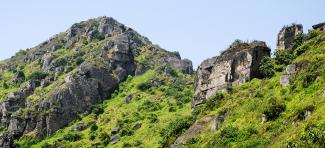
- The coastal hills are an important resource for the population in terms of ecotourism, enabling the development of recreational and sustainable activities, such as bird watching or hiking.
- To highlight the environmental and sociocultural importance of these ecosystems for our society, the Metropolitan Municipality of Lima—through the Regional Government Program of Metropolitan Lima and with the technical advice of SERNANP—is in the process of creating the Regional Conservation Area (RCA) “Sistemas de Lomas de Lima” (System of Hills of Lima), which covers approximately 13,476.65 ha, (an area equivalent to 13 times the total area of the district of Miraflores or 25 times the total area of the district of Jesús María), distributed throughout different districts of Lima such as Ancón, Carabayllo, Rímac, San Juan de Lurigancho, Villa María del Triunfo and La Molina. The ACR seeks to contribute to its conservation and recovery, as well as to establish a strategy to adapt to climate change.
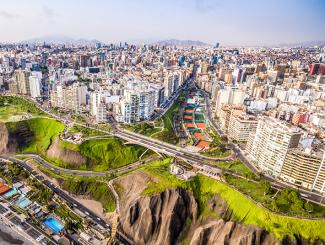
GENETIC RESOURCES AND BIODIVERSITY
THE USE OF GENETIC RESOURCES IN RESEARCH AND DEVELOPMENT, THROUGH THEIR LEGAL ACCESS, IS A VALUABLE TOOL FOR:
- To value biodiversity and increase the competitiveness and diversification of productive sectors and activities.
- To contribute to the preservation and sustainable use of biodiversity and the well-being of the local populations.
GENETIC RESOURCES AND BIOSECURITY
- Peru has five Internationally Recognized Certificates of Compliance (IRCC) for access to genetic resources and their derivatives, which provide greater transparency and legal security for both suppliers and users of genetic resources.
- Peru has an invaluable source of genetic resources with potential for the biotechnological sector and for industry.
- Peru implements, at a national level, rules for access to our genetic resources and for the fair and equitable distribution of the benefits derived from the access to genetic resources, a mechanism known as “ABS” (Access and Benefit-Sharing).
- ABS has two goals: (1) to promote the conservation of our biological diversity; and (2) the fair and equitable sharing of the benefits derived from the utilization of genetic resources.
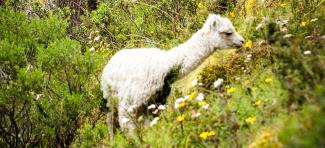
Corn
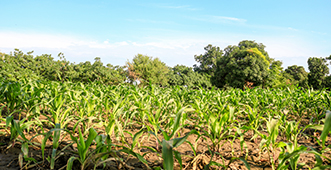
- Peru, along with Mexico, is a point of origin and diversification of corn.
- Corn is the grain with the highest production volume worldwide, surpassing wheat and rice.
- The genetic diversity of corn is divided into varieties. In Peru, there are 52 varieties of corn, and Lambayeque has the highest number of them (18 varieties).
COTTON
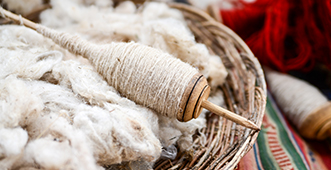
- The cotton species with the finest fiber in the world is cultivated in Peru.
- Cotton with fibers of different colors (brown, dun, green, violet, cream) were used by pre-Incan cultures for textiles and fishing nets.
- Peru has a cotton species in danger of extinction (Gossypium raimondii).
POTATO
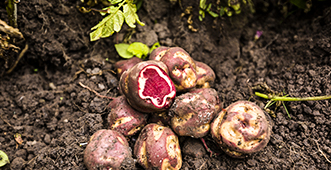
- Potatoes are cultivated in 20 of the 24 departments of Peru, from sea level to 4200 MAMSL.
- Peru has around 4000 varieties of this ancient food that has saved humanity from famine throughout history.
- This tuber is an emblematic crop for Peru and the world.
- If we eat a different variety of potato every day, it would take us more than ten years to try all the ones in Peru.
- Potatoes are the third most important food crop in the world. Over 7000 years ago, ancient settlers began to domesticate them in the surroundings of Lake Titicaca.
COASTAL MARINE BIODIVERSITY AND SUSTAINABLE TOURISM
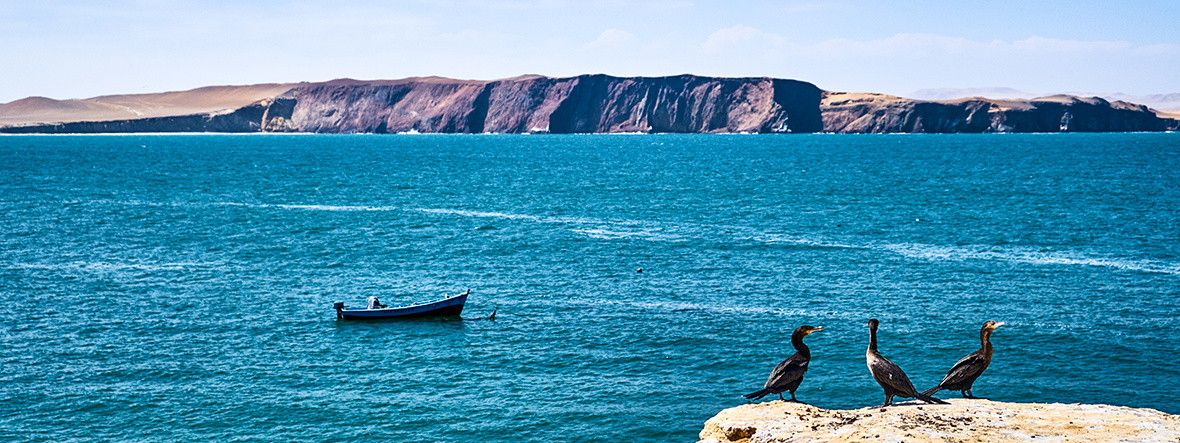
Diversidad biológica marino costera y turismo sostenible
- The coastal marine environment of Lima is affected by the cold waters of the Humboldt Current, one of the most productive marine ecosystems on the planet, where the main species is the anchovy (Engraulis ringens). This has caused most species of marine birds and mammals to depend on it to a large extent, as they have specialized it in their diet.
- The coastal marine biodiversity of the department of Lima is protected in the country’s best-preserved places, such as protected natural areas. You can find eight protected areas or places of national importance, seven of which belong to the Reserva Nacional Sistema de Islas, Islotes y Puntas Guaneras, and the remaining one is the Refugio de Vida Silvestre Los Pantanos de Villa (Lima)
- Punta Litera (Paramonga).
- Islas Don Martín (Huaura).
- Punta Salinas, Islas Mazorca y Huampanú (Huaura).
- Isla Pescadores (Ancón).
- Islas Cavinzas y Palominos (Callao).
- Islas Pachacamac (Lurín).
- Isla Asia (Cañete).
- Refugio de Vida Silvestre Los Pantanos de Villa (Lima).
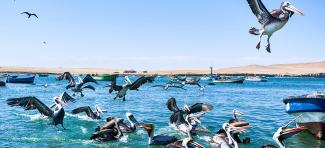
- Around 6000 sea lions (one of the largest populations of sea lions in the central coast) live in Islas Cavinzas and Palomino, in front of the port of Callao. This has made these islands the second destination for marine tourism in Peru, which can be easily accessed.
- In Isla Pescadores, one hour north of Lima, you can find one of the highest concentration of seabirds on the coast. There are up to 300 thousand birds of the following species: guanay, Peruvian booby and Peruvian pelican, which during the reproductive period offer one of the most impressive wildlife shows.
- In Islas Pachacamac, south of Lima, you can find one of the highest concentration of Humboldt penguins on the central coast, with approximately two thousand penguins
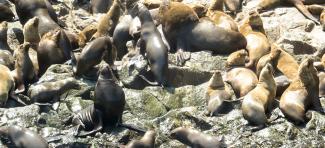
- In the Refugio de Vida Silvestre de los Pantanos de Villa, you can find the best spot to watch shorebirds and wetland birds. Here, you can watch large flocks of birds—between 15 and 20 thousand—during the months of November and December, that arrive from the northern hemisphere to stay in the RVSPV or to make a stop in order to continue their journey towards the south of Peru.
- A total of 210 species of birds are registered in the Pantanos de Villa (including migratory, resident and occasional entries). Migratory birds can even be subdivided according to their place of origin: North America, South America, the Andes and local. This wetland is also the habitat of plants and/or animals when they are at a critical stage of their biological cycle.
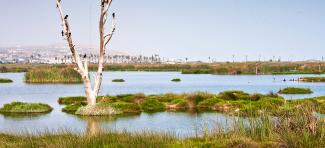
MOST IMPORTANT CHARACTERISTICS OF SOME SELECTED MARINE SPECIES
| COMMON NAME SCIENTIFIC NAME |
MOST IMPORTANT CHARACTERISTICS |
RELATED IMAGE |
|---|---|---|
| HUMBOLDT PENGUIN SPHENISCUS HUMBOLTI |
CHARACTERISTICS
|
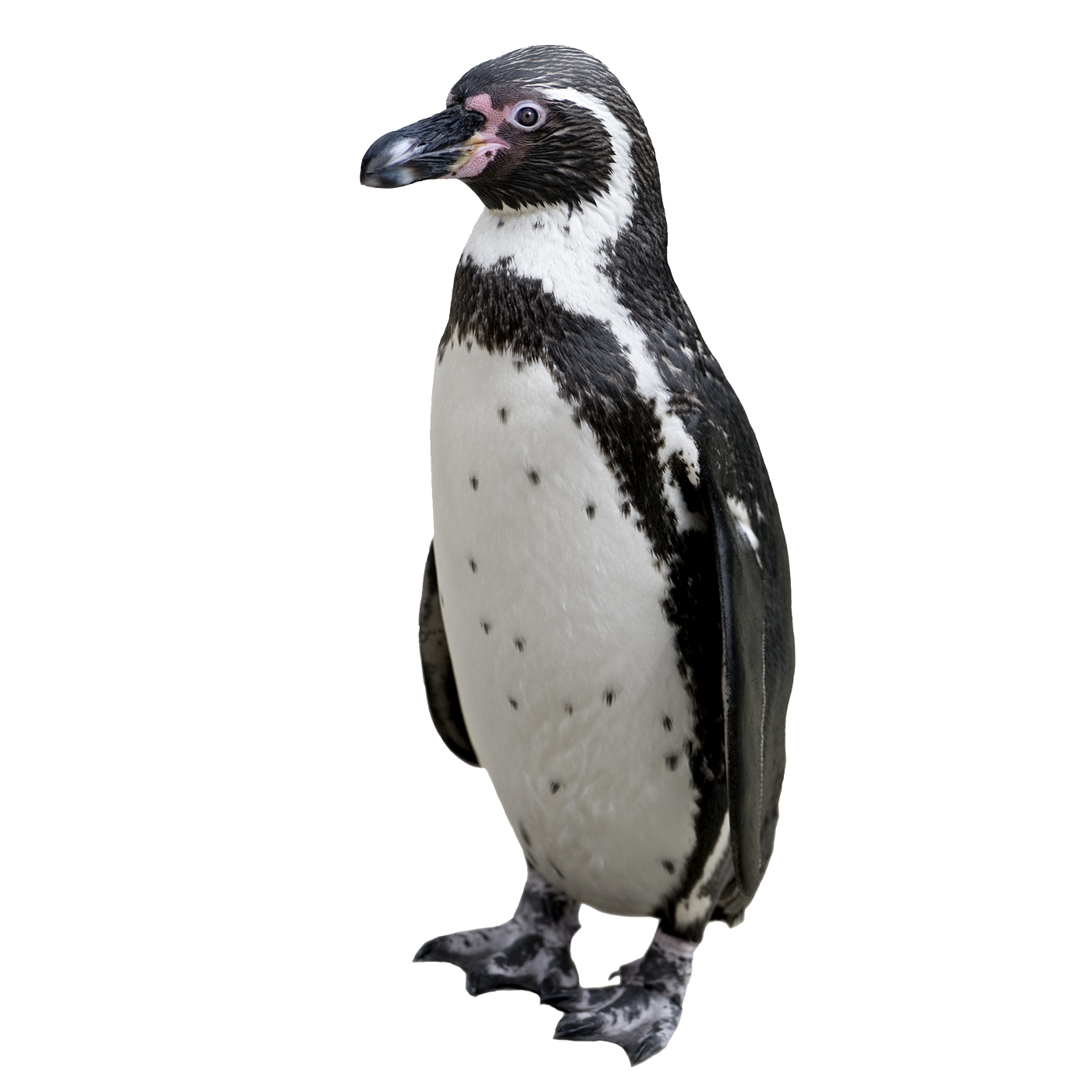 |
| SEAHORSE HIPPOCAMPUS INGENS |
CHARACTERISTICS
|
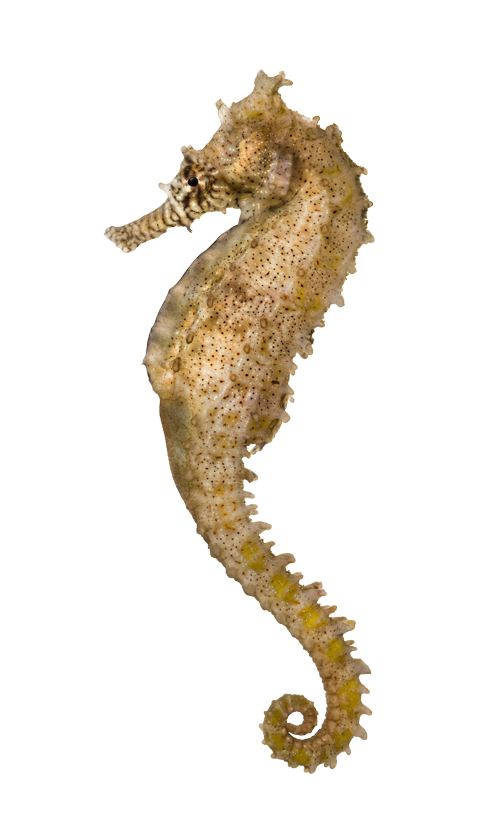 |
| SMOOTH HAMMERHEAD SHARK SPHYRNA ZYGAENA |
CHARACTERISTICS
|
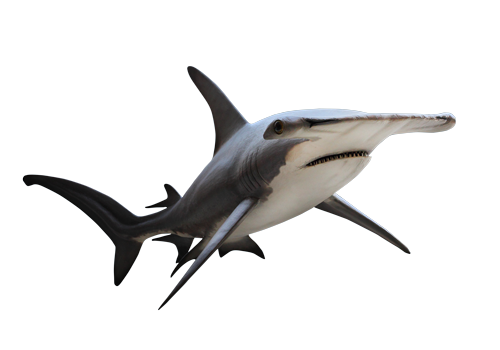 |
| CHILEAN DEVIL RAY MOBULA TARAPACANA |
CHARACTERISTICS
|
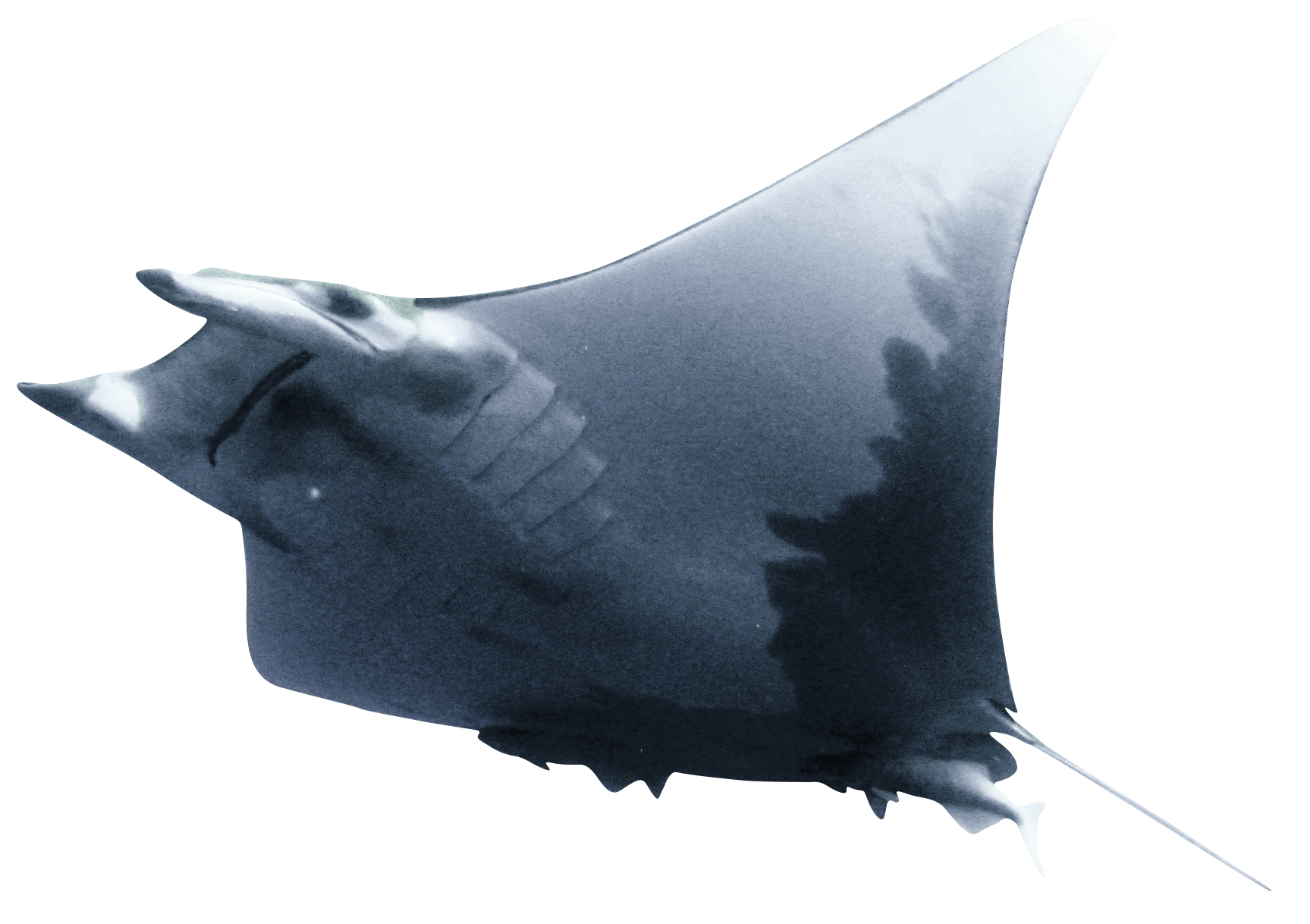 |
| HUMPBACK WHALE MEGAPTERA NOVAENGLIAE |
CHARACTERISTICS
|
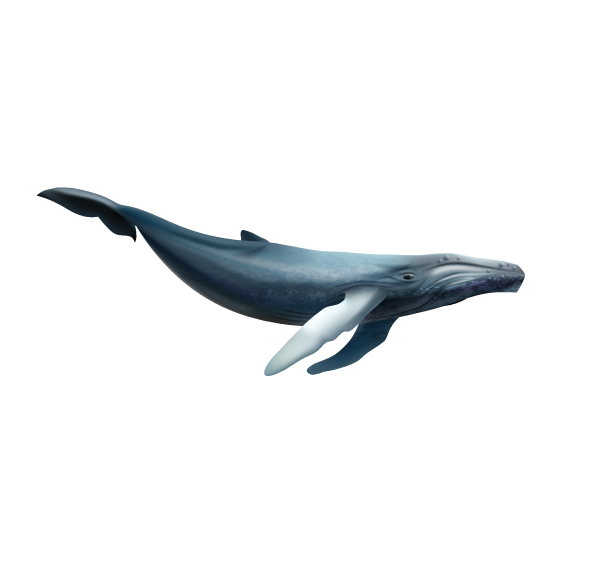 |
| LEATHERBACK SEA TURTLE DERMOCHELYS CORIACEA |
CHARACTERISTICS
|
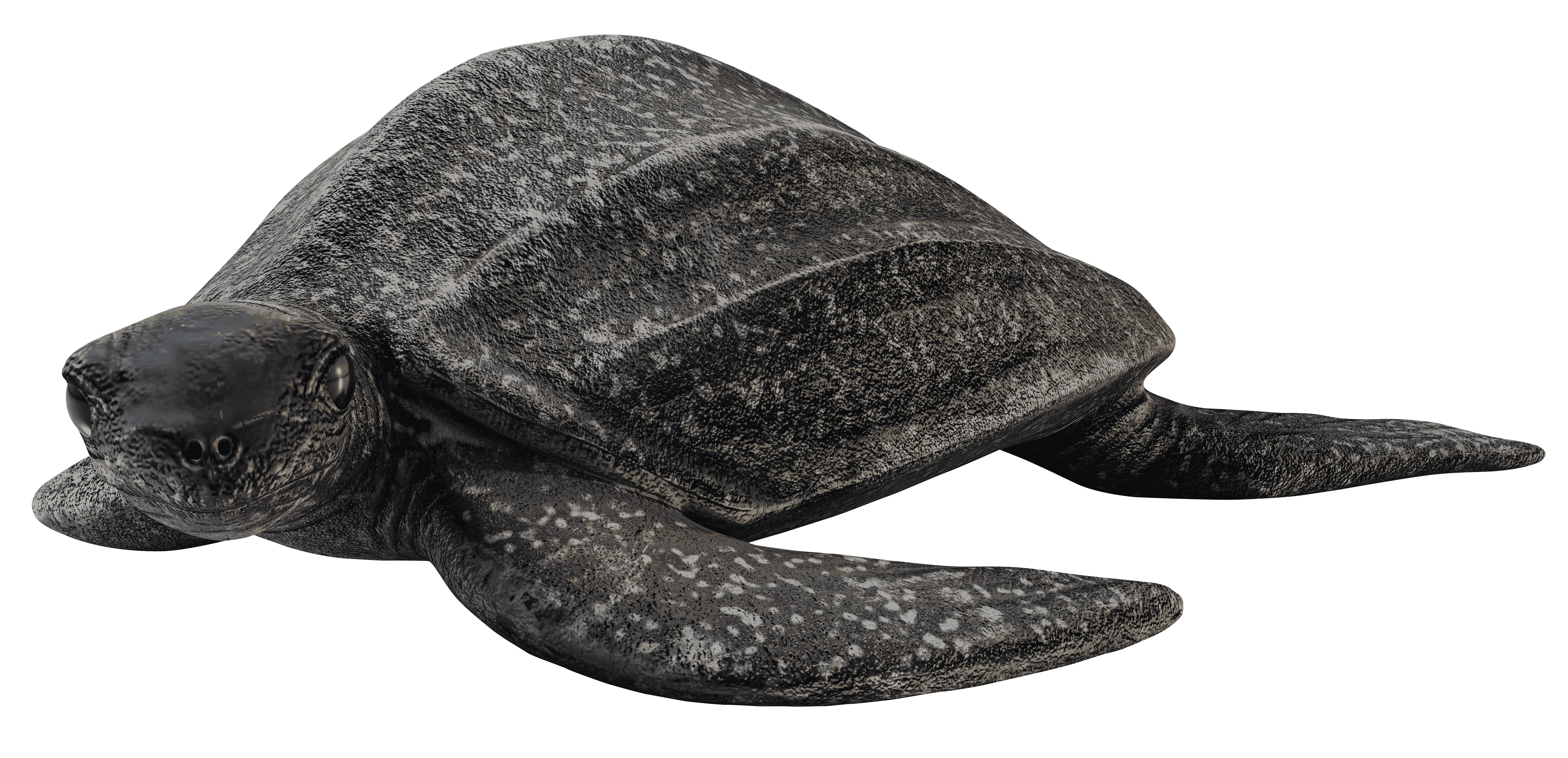 |
| SOUTH AMERICAN FUR SEAL ARCTOCEPHALUS AUSTRALIS |
CHARACTERISTICS
|
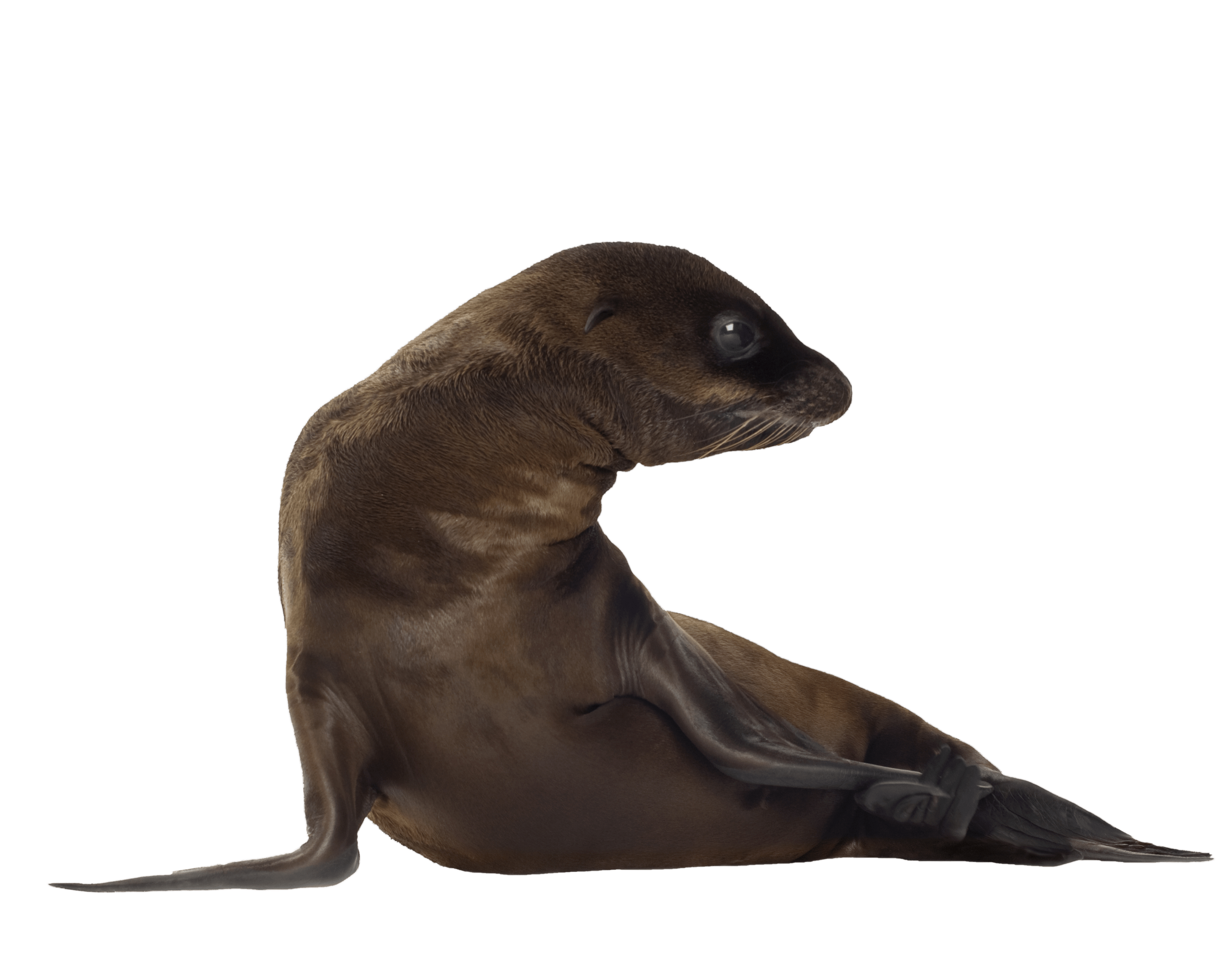 |
“THE MOST NUTRITIOUS” INITIATIVE
| CAÑIHUA | KIWICHA | TARWI | GOLDEN BERRY | MACA |
|---|---|---|---|---|
| The seeds have a high protein content for diets low in meats. | The seeds have a high protein content for diets low in meats. | It had an important role in the pre-Inca and Inca diet. | It has high levels of vitamins A and C, besides antioxidant qualities, so it has been attributed with several benefits for human health. | Maca is typical of the Andes and has been cultivated from pre-Inca times until now. |
| It has a balance of essential amino acids, especially rich in lysine, isoleucine and tryptophan. | It has a balance of essential amino acids, especially rich in lysine, isoleucine and tryptophan. | It has a balance of essential amino acids, especially rich in lysine, isoleucine and tryptophan. | The golden berry is a low-calorie fruit, so it can be eaten at any time of the day. | The edible part of the plant is the root, which measures from 4 to 7 cm in length, in a conical shape similar to a radish. |
| It is recommended to lower cholesterol, to counteract altitude sickness and to treat dysentery. | This grain is rich in proteins and vitamins, which makes it a great food product. | It is used for rheumatic pain, arthritis, gout, swellings, neuralgia, kidney and liver pains; it is also used against dandruff, hair loss and constipation. | It may be eaten fresh or used to make drinks, desserts, sauces, ice cream, jams, among others, although the dried fruit is the most exported commercial product. | Its nutritional value is very high, especially due to its protein and iron content. It plays an important role in the daily life of Andean populations due to its medicinal properties and its use as an energizer. Currently, it is an important export product. |
PERUVIAN SPECIES PRESENT AT THE PAN AMERICAN GAMES
| SPECIES | SCIENTIFIC NAME | RELATED SPORTS | RELATED NPAs (NATURAL PROTECTED AREAS) | MAIN FACTS | REFERENCE IMAGE | DISTRIBUTION COUNTRIES |
|---|---|---|---|---|---|---|
| Humboldt Penguin | Spheniscus humboldti |  |
|
|
 |
|
| Lesser rhea | Rhea pennata |  |
|
|
 |
|
| Peruvian spider monkey | Ateles chamek |  |
|
|
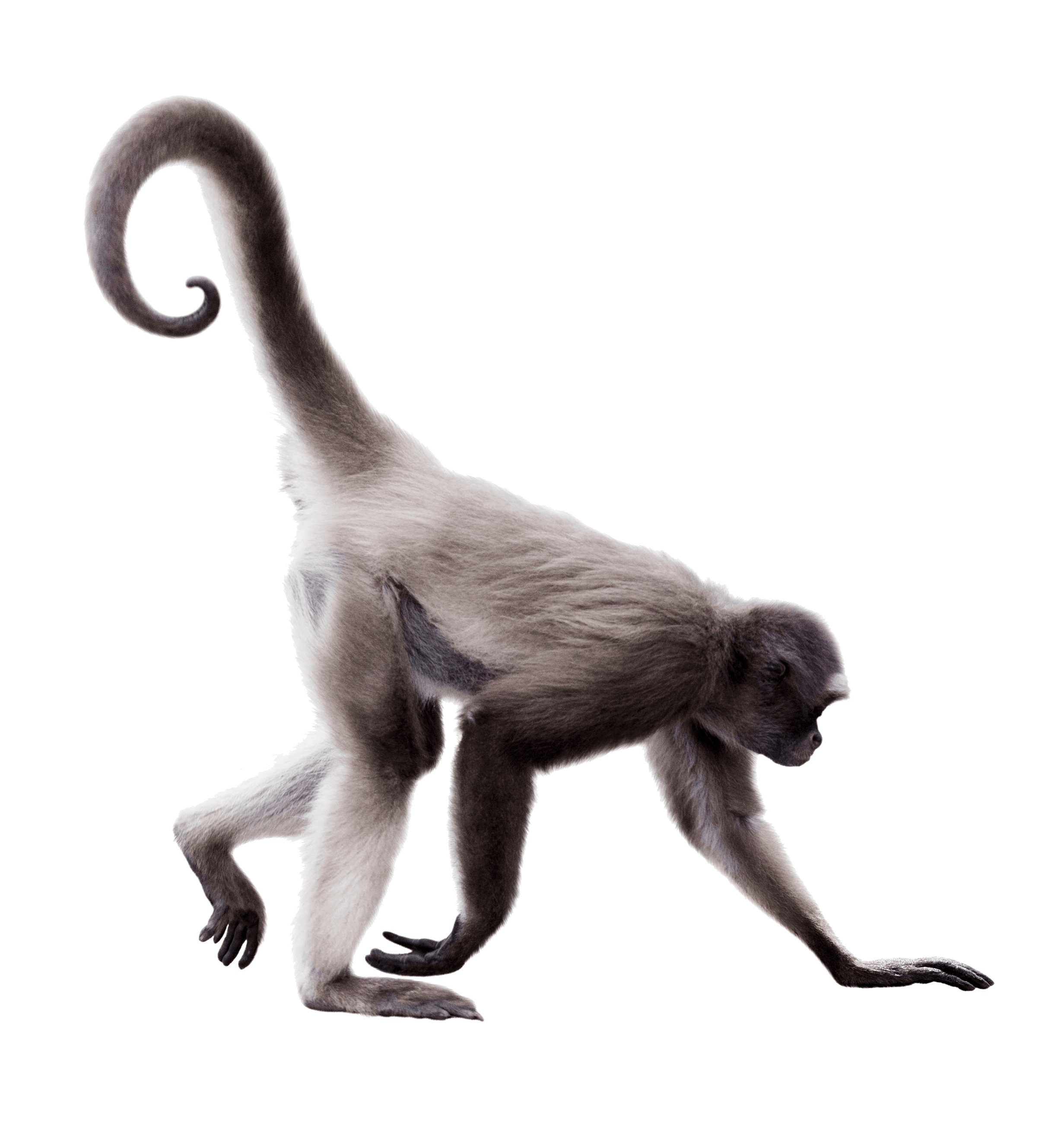 |
|
| Spectacled bear | Tremarctos ornatus |  |
|
|
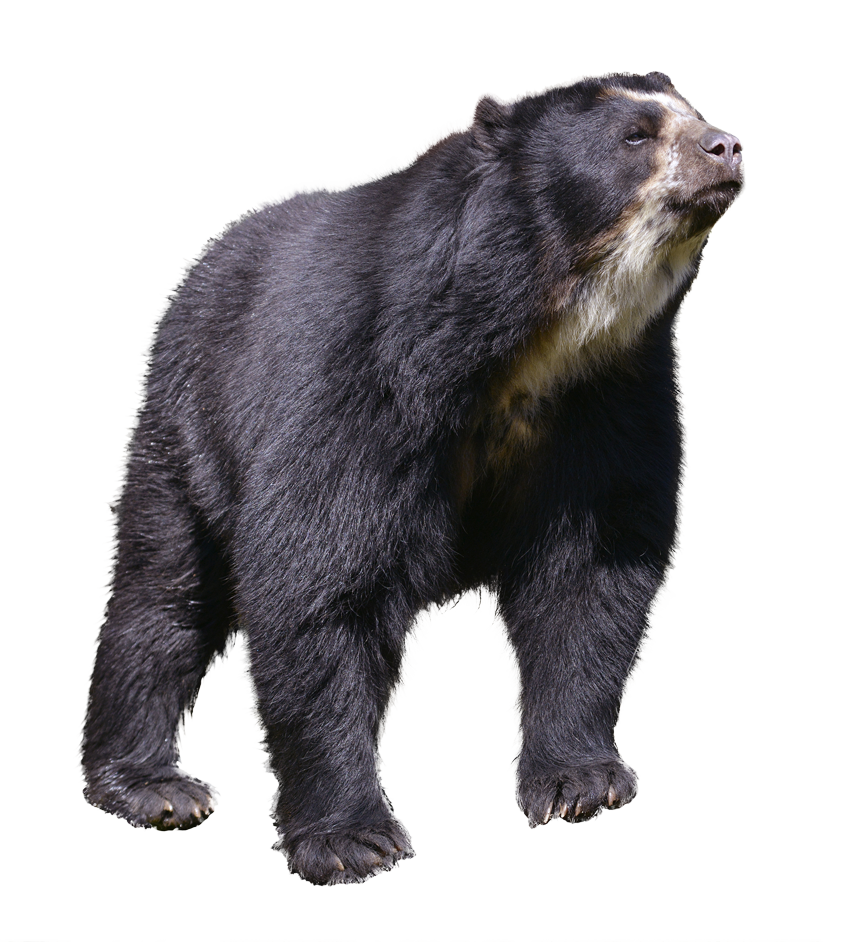 |
|
| Pink river dolphin | Inia geoffrensis |  |
|
|
 |
|
| Bottlenose dolphin | Tursiops truncatus |  |
|
|
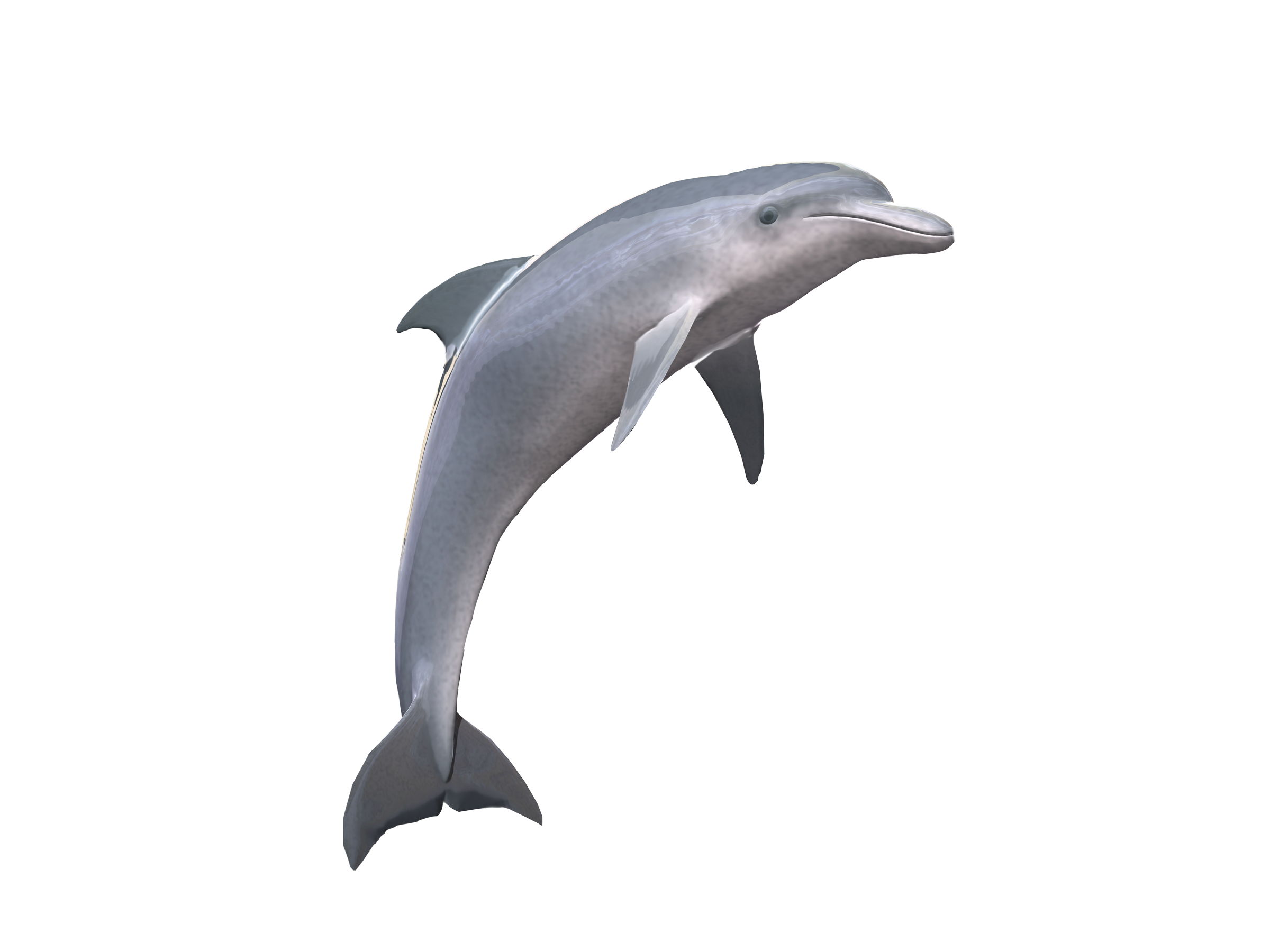 |
|
| Jaguar | Panthera onca |  |
|
|
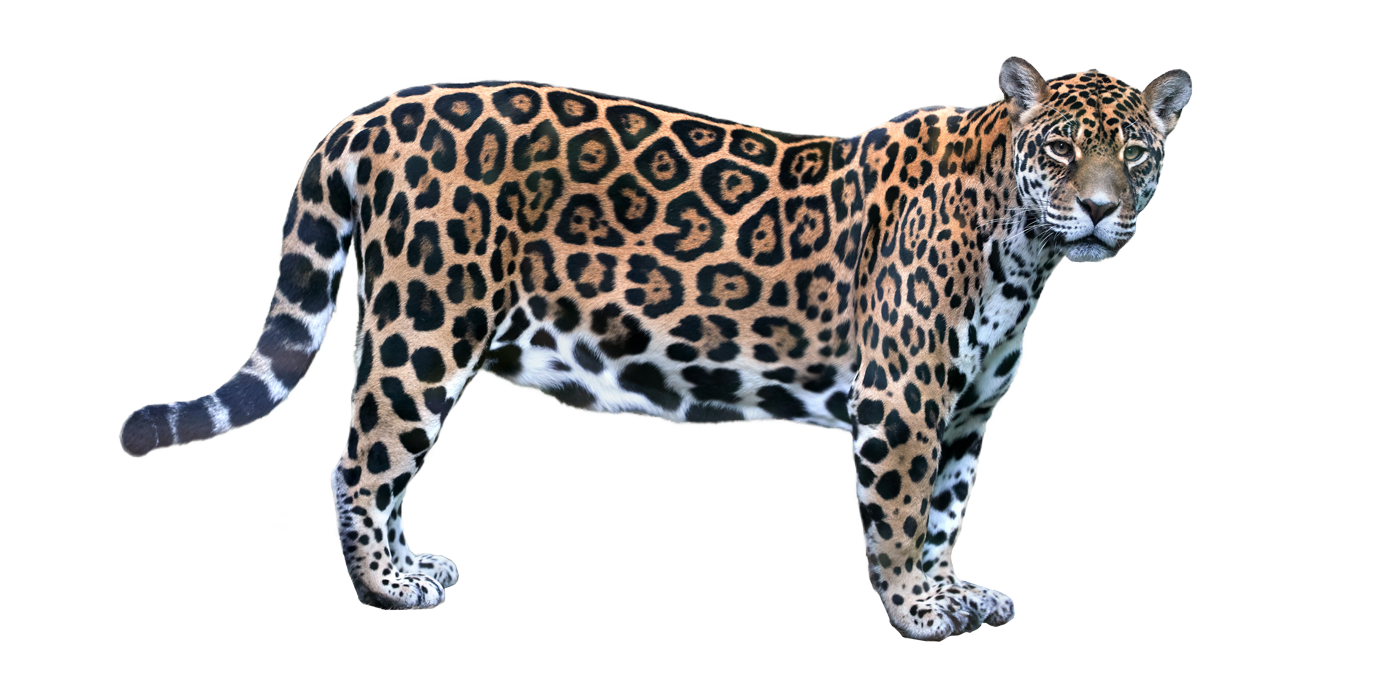 |
|
